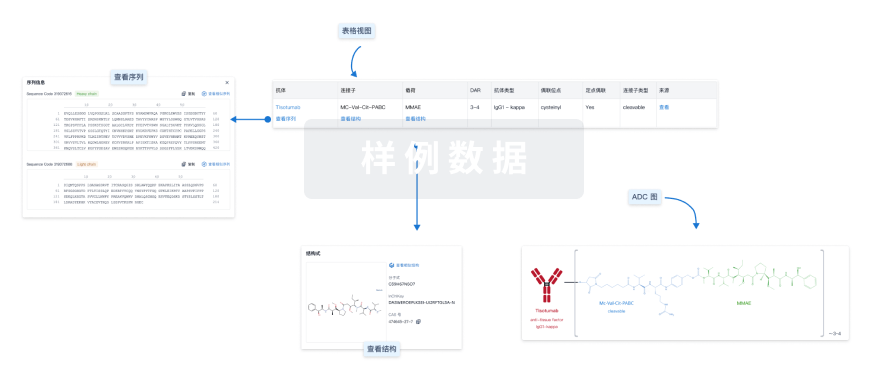Purpose:ATG-101, a bispecific antibody that simultaneously targets the immune checkpoint PD-L1 and the costimulatory receptor 4-1BB, activates exhausted T cells upon PD-L1 crosslinking. Previous studies demonstrated promising anti-tumour efficacy of ATG-101 in preclinical models. Here, we labelled ATG-101 with 89Zr to confirm its tumour targeting effect and tissue biodistribution in a preclinical model. We also evaluated the use of immuno-PET to study tumour uptake of ATG-101 in vivo.
Methods:ATG-101, anti-PD-L1, and an isotype control were conjugated with p-SCN-Deferoxamine (Df). The Df-conjugated antibodies were radiolabelled with 89Zr, and their radiochemical purity, immunoreactivity, and serum stability were assessed. We conducted PET/MRI and biodistribution studies on [89Zr]Zr-Df-ATG-101 in BALB/c nude mice bearing PD-L1-expressing MDA-MB-231 breast cancer xenografts for up to 10 days after intravenous administration of [89Zr]Zr-labelled antibodies. The specificity of [89Zr]Zr-Df-ATG-101 was evaluated through a competition study with unlabelled ATG-101 and anti-PD-L1 antibodies.
Results:The Df-conjugation and [89Zr]Zr -radiolabelling did not affect the target binding of ATG-101. Biodistribution and imaging studies demonstrated biological similarity of [89Zr]Zr-Df-ATG-101 and [89Zr]Zr-Df-anti-PD-L1. Tumour uptake of [89Zr]Zr-Df-ATG-101 was clearly visualised using small-animal PET imaging up to 7 days post-injection. Competition studies confirmed the specificity of PD-L1 targeting in vivo.
Conclusion:[89Zr]Zr-Df-ATG-101 in vivo distribution is dependent on PD-L1 expression in the MDA-MB-231 xenograft model. Immuno-PET with [89Zr]Zr-Df-ATG-101 provides real-time information about ATG-101 distribution and tumour uptake in vivo. Our data support the use of [89Zr]Zr-Df-ATG-101 to assess tumour and tissue uptake of ATG-101.









